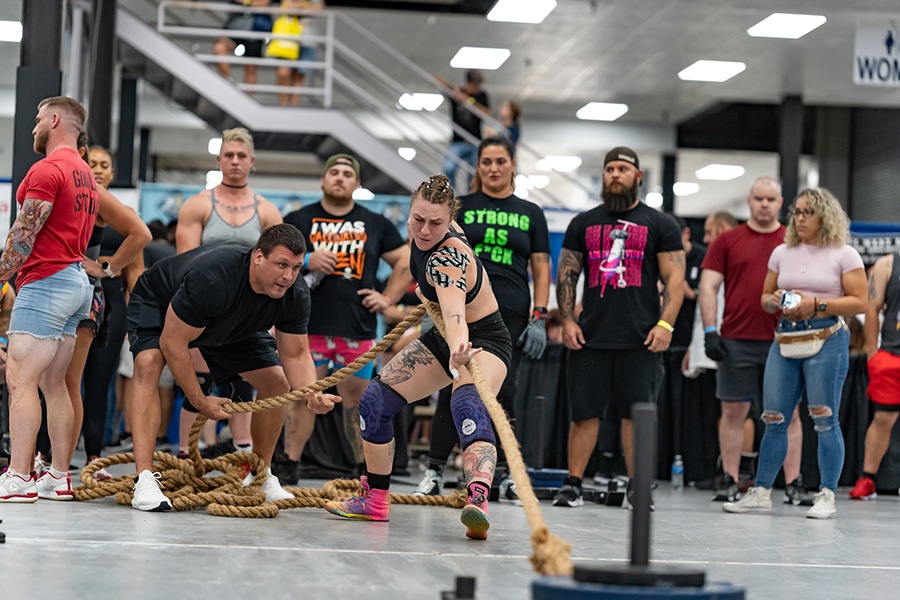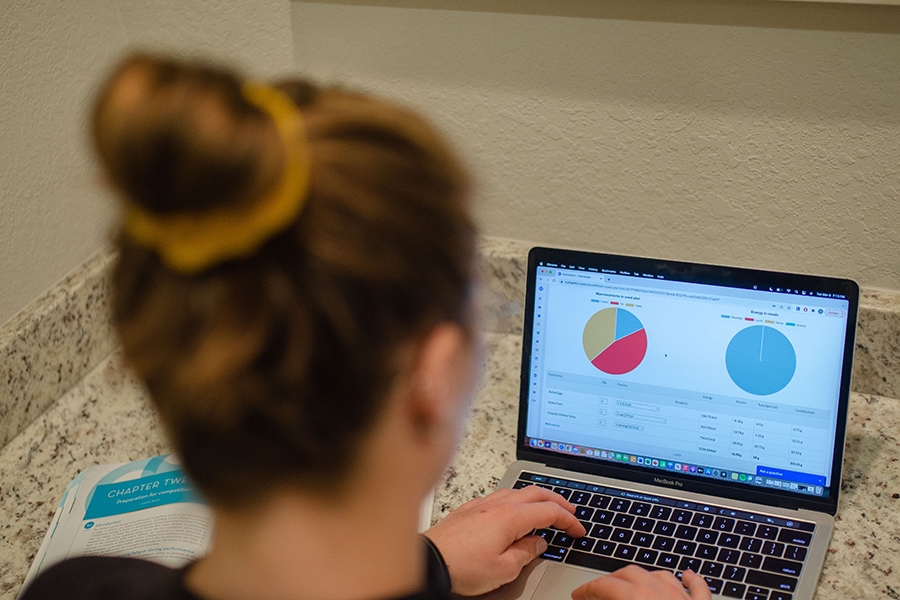Approaching Eating Disorders and Disordered Eating Patterns in Athletes
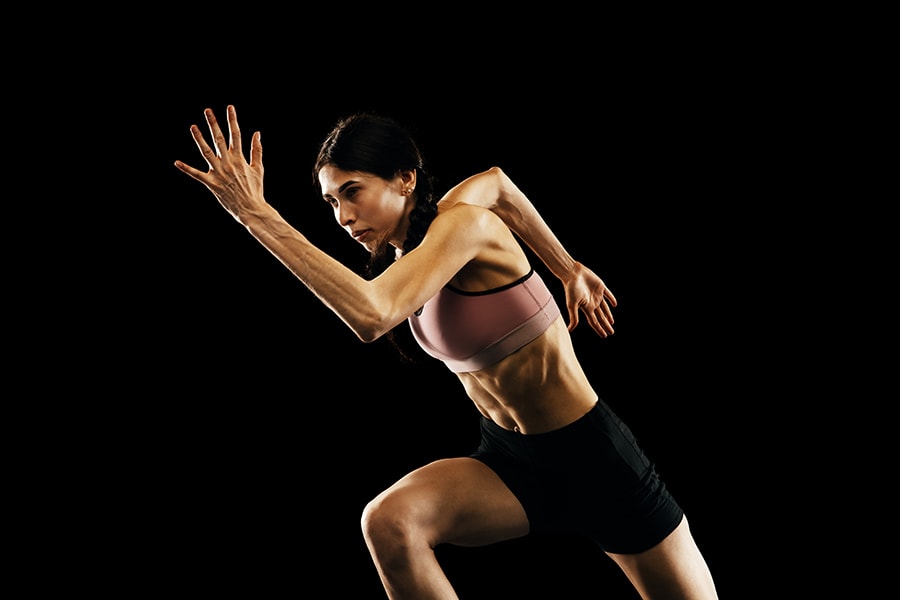
Approaching Eating Disorders and Disordered Eating Patterns in Athletes
Athletes are an incredible population to work with. They are motivated, driven, determined, and often will do anything to improve in their given sport. They are also under extreme pressure in most cases and with certain sports there is an expectation of body composition or weight class that seemingly must be maintained.
In the USA it is estimated that 10 million women and 1 million men will experience a clinically significant eating disorder in their lifetime (Joy). The rates of eating disorders in athletics is still a highly debated topic depending on the population, but it has been found that as much as 45% of female athletes and 19% of male athletes will struggle with an eating disorder in their sport (Bratland-Sanda).
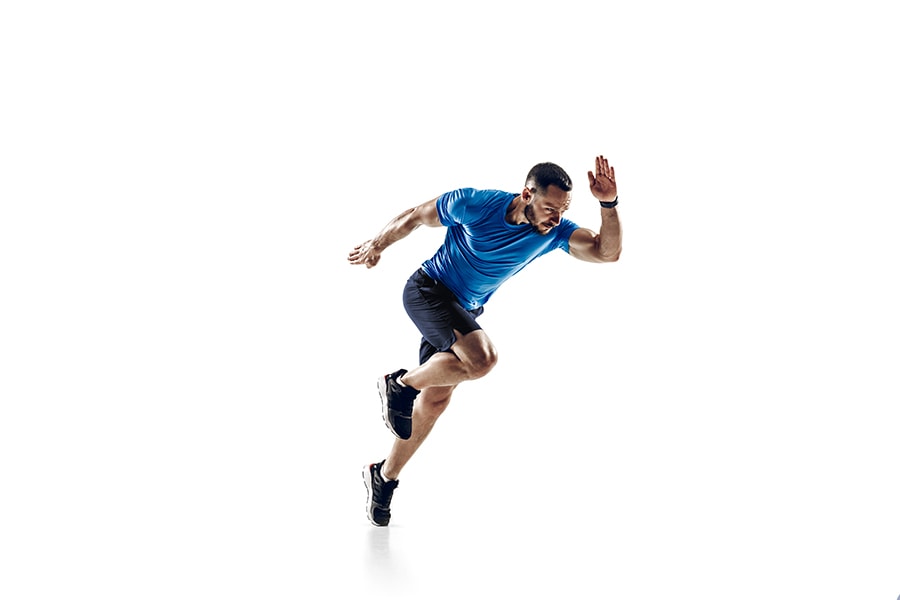
So what classifies an eating disorder vs disordered eating patterns?
Eating disorders are defined clinically in the DSM-V. These can include anorexia nervosa, bulimia nervosa, Avoidant Restrictive Food Intake Disorder (ARFID), binge eating disorder, and Eating Disorder Not Otherwise Specified (EDNOS), such as orthorexia nervosa. Each of these has a set of criteria that focuses on the prevalence and severity of food compulsions or control strategies.
Disordered eating is an umbrella term that is used to define a disordered relationship with food, exercise, and one’s body. In my practice, this could look like an athlete being obsessed with having abs, not eating because they want to feel “light” to perform, not taking rest days, pushing through injuries, an intense fear of gaining weight, trying a number of restrictive diets, or using exercise to “burn” off their food intake. These patterns of behavior can escalate if not addressed, especially in youth athletes.
In my practice, I have seen both athletes with eating disorders and disordered eating patterns. My approach as a dietitian is of course individualized, but here are the main steps I will use in my practice.
- Assess patient behavior and eating patterns in the initial consultation, set up care team including mental health professional and physician
- Reestablish meal and snack timing and volume with individual meal plans or goals
- Establish an appropriate weight gain timeline if appropriate, if sports performance has suffered then consult with care team to determine best approach to exercise allotments
- Address nutrient concerns with supplementation
- Nutrition education and counseling to continually challenge previous thoughts and beliefs about food, exercise, and body
Eating disorders and disordered eating patterns can have negative health consequences outside of sports performance. It is important to seek help from qualified professionals!
References
Bratland-Sanda S, Sundgot-Borgen J. (2013). Eating disorders in athletes: overview of prevalence, risk factors and recommendations for prevention and treatment. Eur J Sport Sci, 13(5):499-508.
Joy E, Kussman A, Nattiv A. 2016 update on eating disorders in athletes: A comprehensive narrative review with a focus on clinical assessment and management. Br J Sports Med. 2016 Feb;50(3):154-62. doi: 10.1136/bjsports-2015-095735. PMID: 26782763.
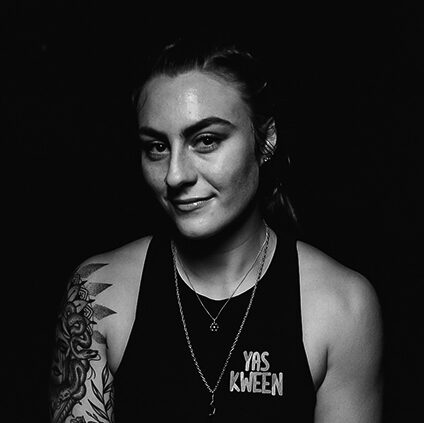
Shannon Palmer
Sports Nutritionist, Crossfit and Strong Woman Athlete
"If you exercise on purpose, you are an athlete. Prioritize your nutrition to improve your performance in the gym and everyday life."
